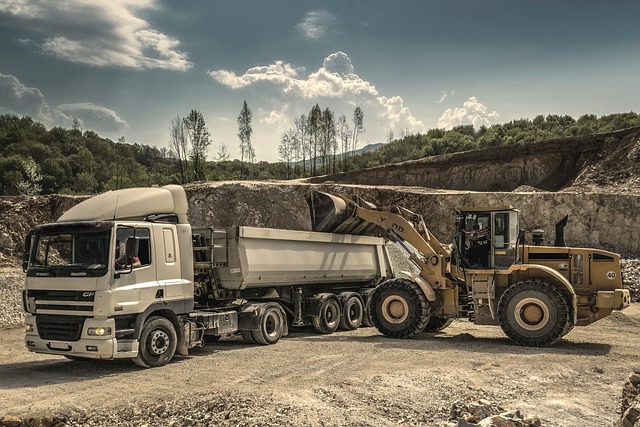Reusing waste soil and stone has just gotten easier, thanks to new EPA guidelines.
In this article, we cover:
- How the new EPA guidelines simplify the reuse of greenfield soil and stone for self-builders.
- The cost savings self-builders can achieve by repurposing excavated materials.
- The environmental benefits of reusing soil and stone within a circular economy.
The ROI Environmental Protection Agency (EPA) has introduced new National By-Product Criteria for Greenfield Soil and Stone in Ireland’s building sector. This will affect self-builders and those involved in smaller construction projects.
This makes it easier to reuse these materials on other projects without the need for extensive and costly waste disposal processes.
[adrotate banner="56"]In Ireland, over 9 million tonnes of construction waste are generated annually, with more than 80% being soil and stone. This move is part of a broader effort to shift the construction sector onto a more sustainable path.
For self-builders, this means a chance to save time and money while also contributing to a more circular economy.
David Flynn, Director of the EPA’s Office of Environmental Sustainability, stated: “Construction is the largest generator of waste in our country … with the bulk of this being soil and stone waste.”
“Today, the EPA is streamlining the regulation of construction materials to promote the reuse of useful soil and stone that would traditionally end up as waste.”
For self-builders, this translates to fewer logistical challenges when managing excavated materials. Instead of organising and paying for the disposal of large quantities of soil and stone, these materials can be repurposed on-site or sold for other projects like landscaping or land reprofiling.
The criteria represent the EPA’s third national decision in recent years aimed at improving material circularity in construction. Warren Phelan, Programme Manager of the EPA’s Circular Economy Programme, explained: “These criteria present a real and meaningful opportunity for the construction sector to follow a simple set of rules and in doing so reduce soil waste from sites and make tangible savings.”
For self-builders, this means not only potential cost savings but also a clearer framework for managing construction materials, ensuring compliance with environmental regulations while reducing overall waste.




